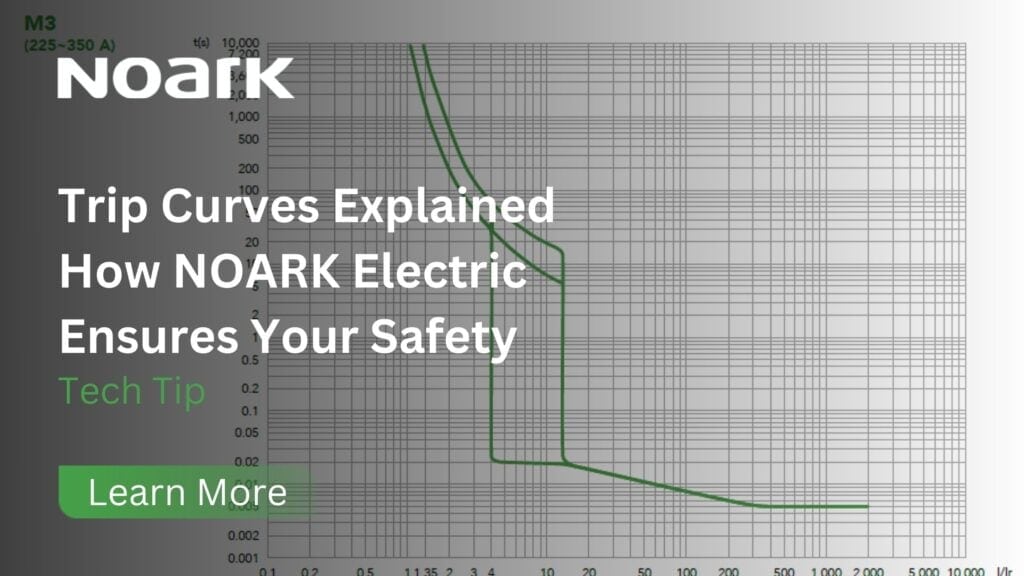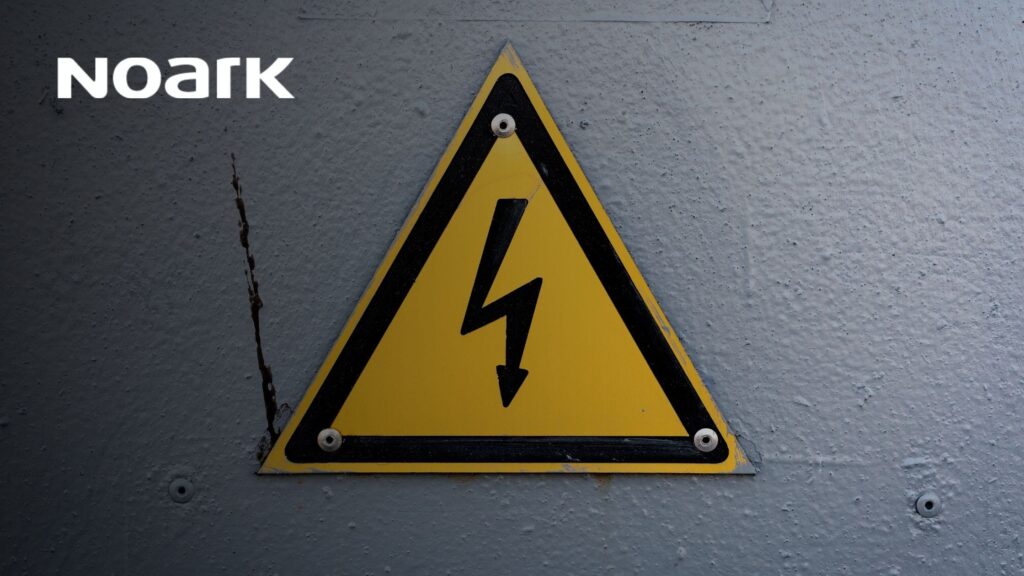Trip curves in circuit breakers represent the relationship between the magnitude of the fault current and the time it takes for the circuit breaker to trip. These curves help determine the response of the circuit breaker to different levels of fault currents. The trip curves are typically categorized into different classes, such as B, C, D, K, and Z, each representing a specific tripping characteristic. For example, a Class B curve indicates a fast-tripping time for high fault currents, while a Class D curve offers a slower response for lower fault currents. Understanding trip curves is essential for selecting the right circuit breaker that aligns with the protection requirements of the electrical system.
NOARK Electric: Understanding Trip Curves
Whether you’re a seasoned electrical engineer or just starting out in the industry, understanding trip curves is crucial for ensuring the safety and efficiency of your electrical systems. These curves are essential for determining the protection settings of a circuit breaker and ensuring that it operates reliably under various fault conditions.
At NOARK Electric, our circuit breakers are designed and tested to meet industry standards and provide reliable protection for your electrical systems. By understanding trip curves, you can select the right circuit breaker for your specific application and ensure the safety of your equipment and personnel.
Breaking Down Trip Curves
Now, let’s break down the basics of trip curves. The x-axis of a trip curve graph represents the multiplying factor of the rated current, while the y-axis represents the time it takes for the circuit breaker to trip. Different types of circuit breakers have different trip curve characteristics, such as inverse, definite time, and inverse definite minimum time curves.
In practical terms, trip curves help you determine the appropriate settings for your circuit breaker based on the specific requirements of your electrical system. By analyzing the trip curves, you can select a circuit breaker that will provide the necessary protection without unnecessary tripping or delays in case of a fault.
At NOARK Electric, we offer a wide range ofcircuit breakers to meet your unique needs. Whether you’re looking for a compact solution for residential applications or a high-performance option for industrial settings, we have you covered.
Coordination of circuit breakers
Coordination of circuit breakers is crucial to ensure the reliability and safety of electrical systems by strategically arranging breakers to isolate faults effectively without disrupting the entire system. Proper coordination involves selecting and setting circuit breakers with appropriate ratings and time delays so that only the breaker closest to the fault trips, preserving the continuity of service to unaffected areas. This minimizes nuisance tripping, which occurs when breakers trip unnecessarily, causing unwarranted power outages and potential operational disruptions. Effective coordination requires a thorough understanding of the electrical network, load characteristics, and potential fault scenarios, enabling precise adjustments to the breakers’ settings to achieve a balanced protection scheme that maximizes both safety and operational efficiency. The coordination of circuit breakers can be analyzed by performing power system study.

Protect Your Power Systems with NOARK Electric
In conclusion, trip curves are a fundamental aspect of electrical protection devices that should not be overlooked. By understanding trip curves and selecting the right circuit breaker for your application, you can ensure the reliability and safety of your electrical systems. At NOARK Electric, we are committed to providing high-quality products that meet your needs and exceed your expectations.


